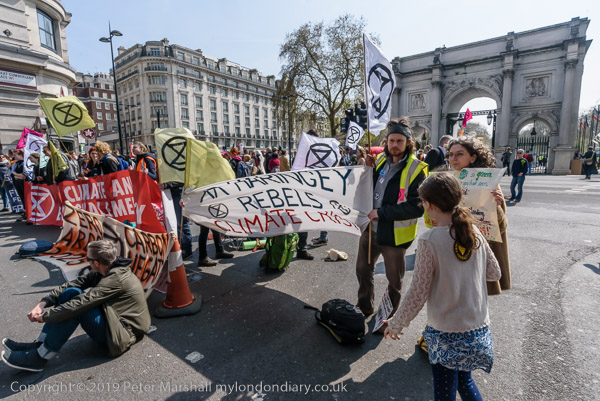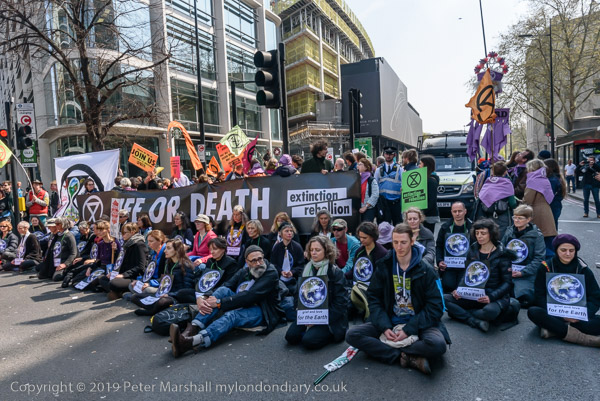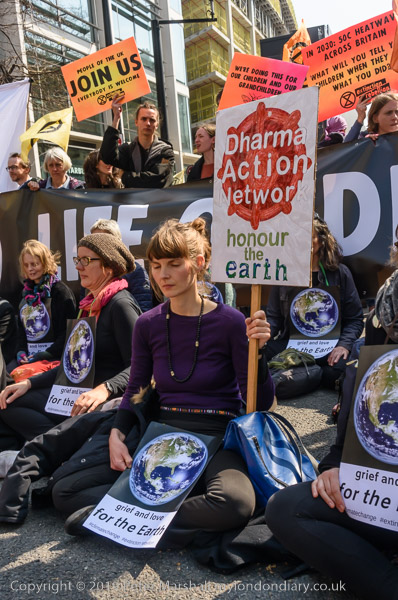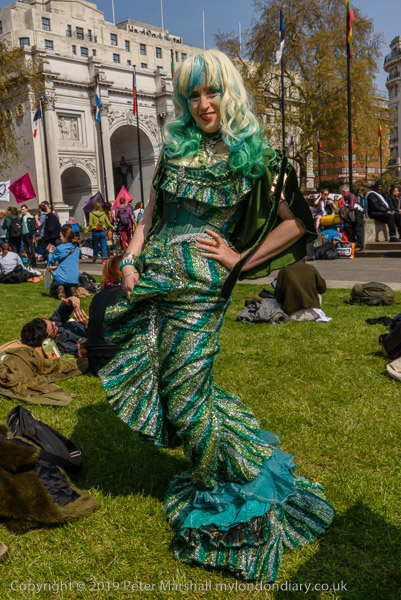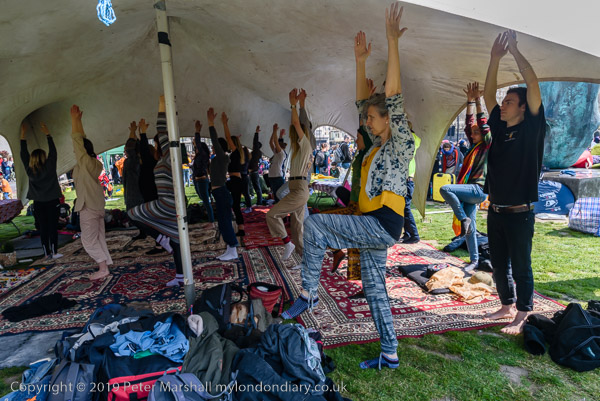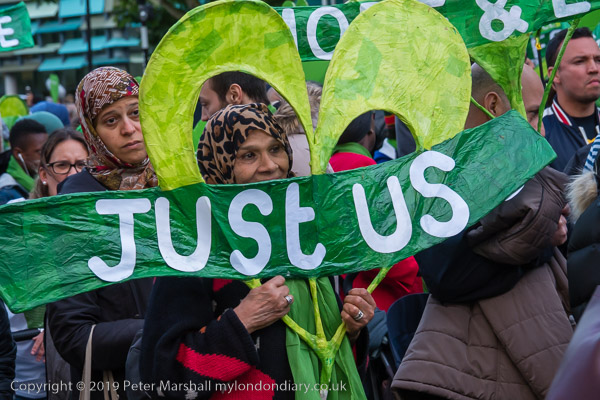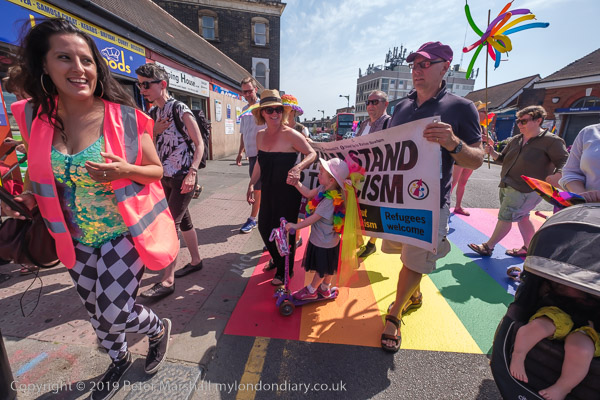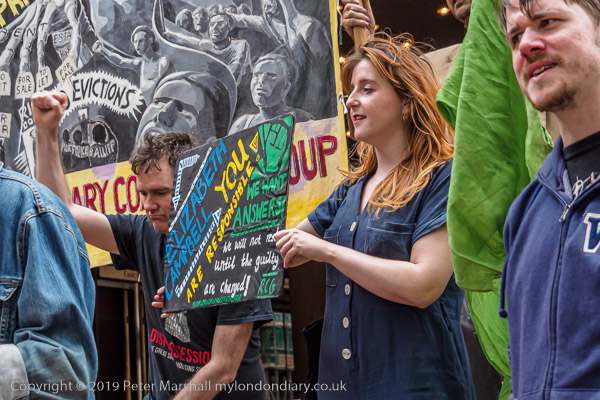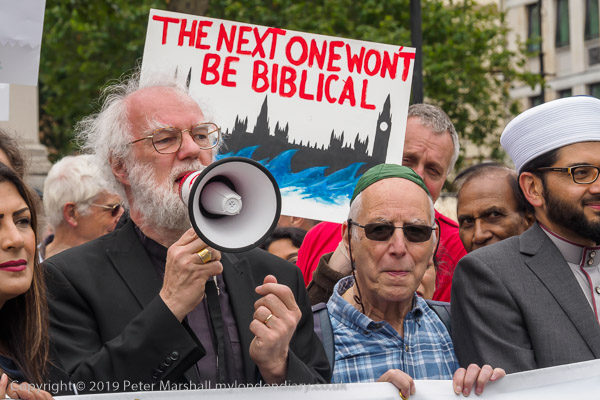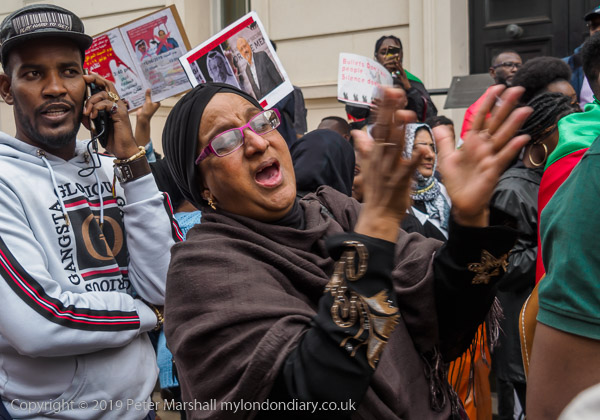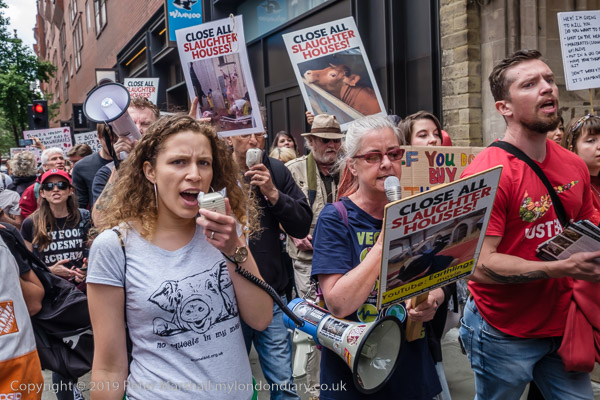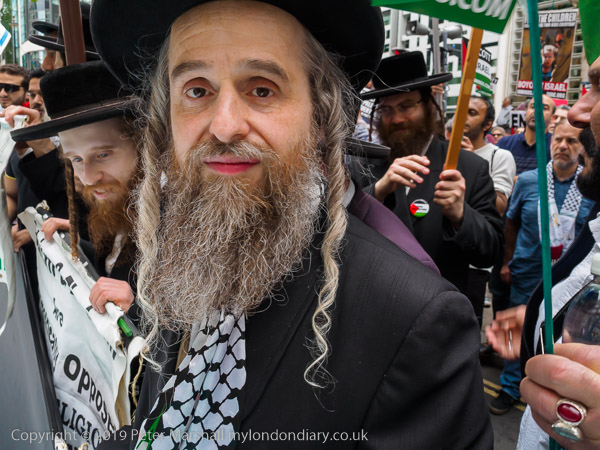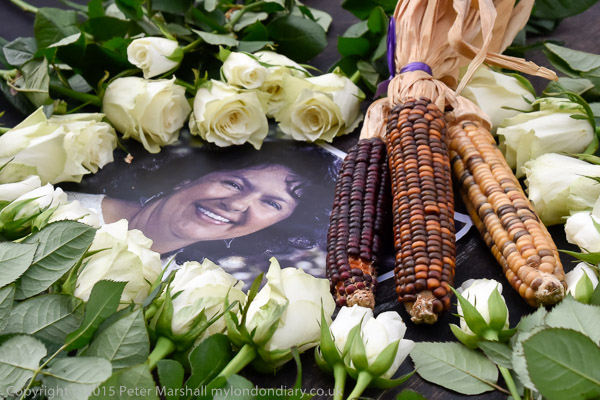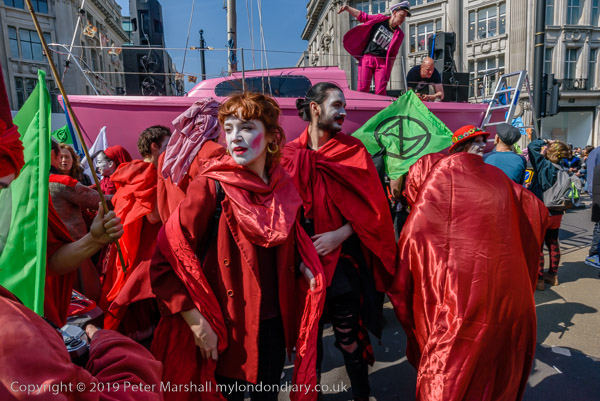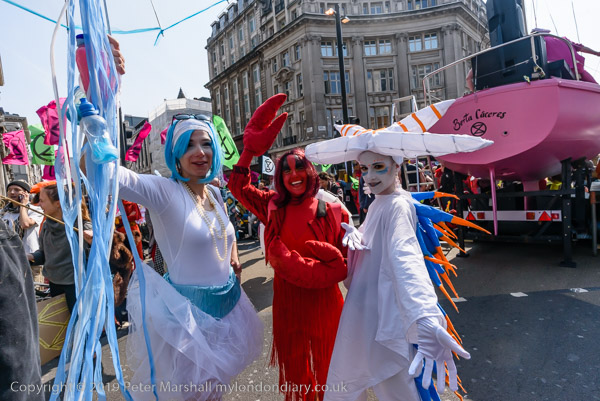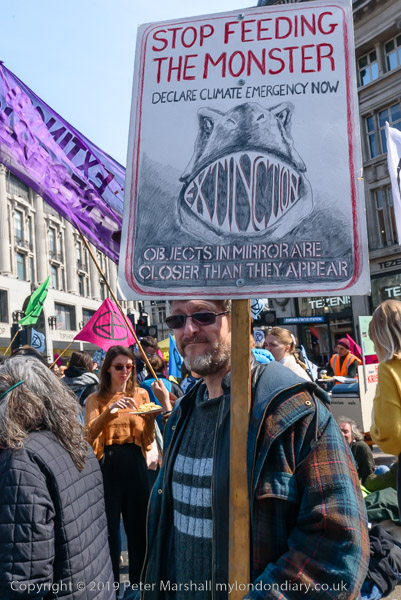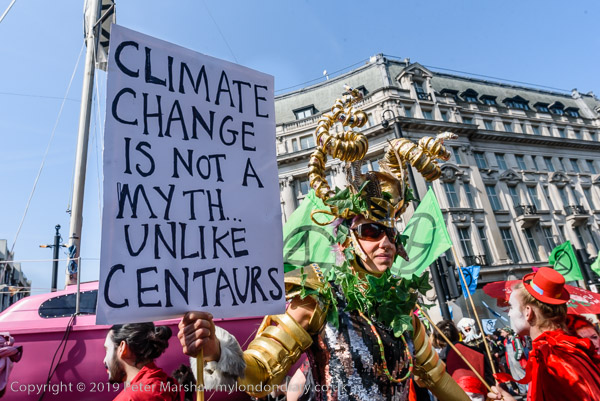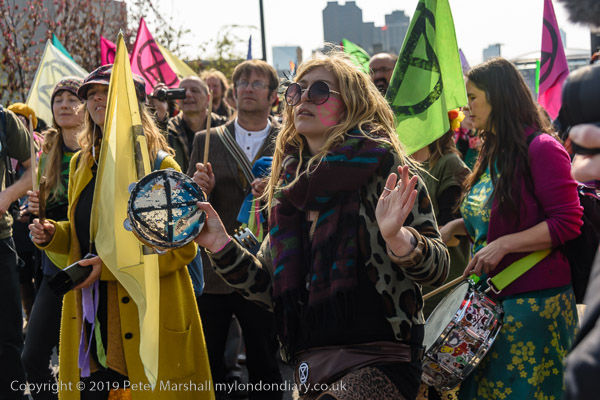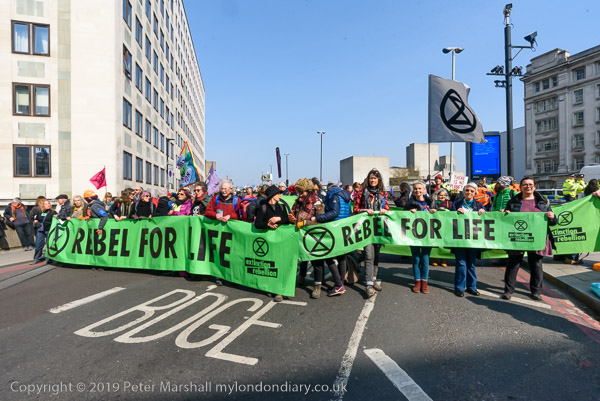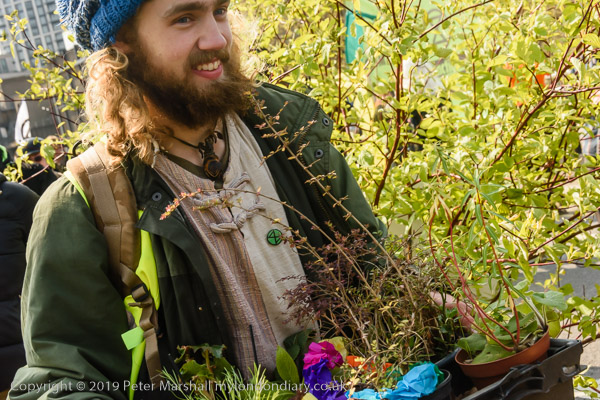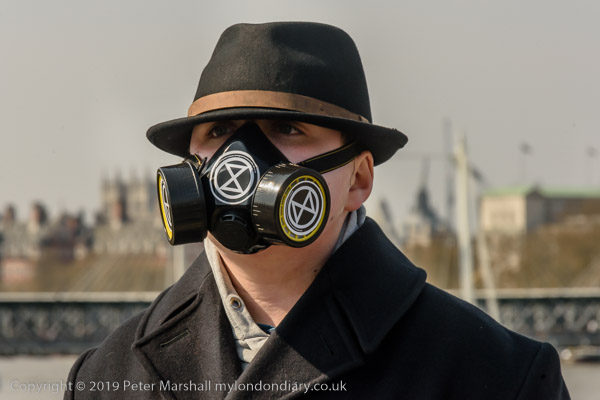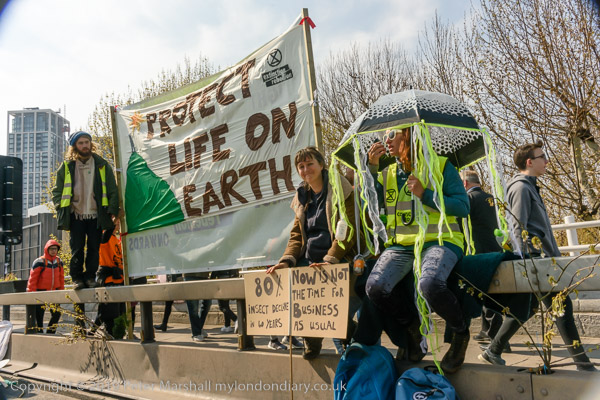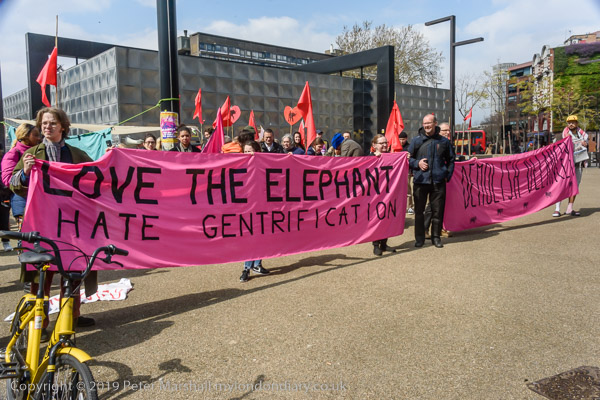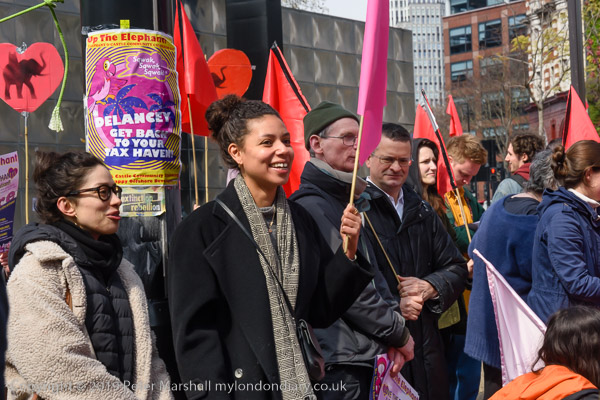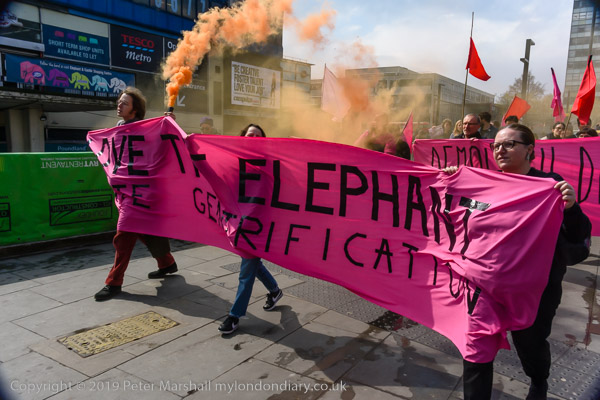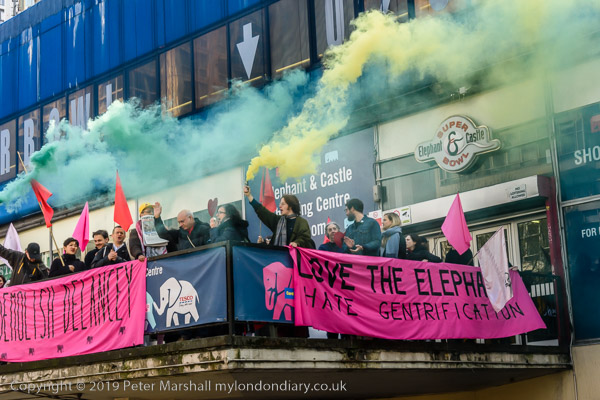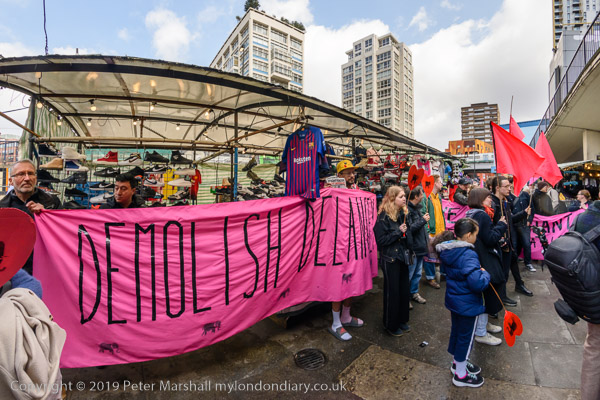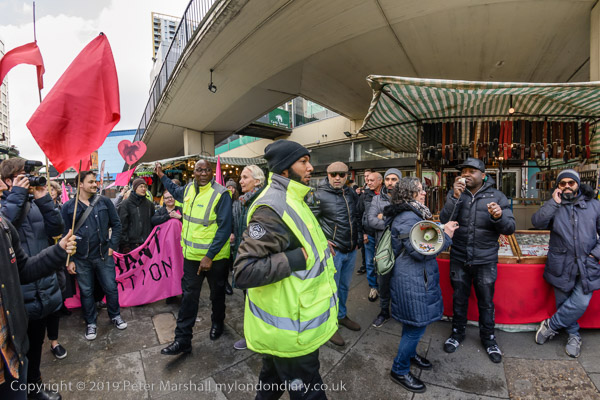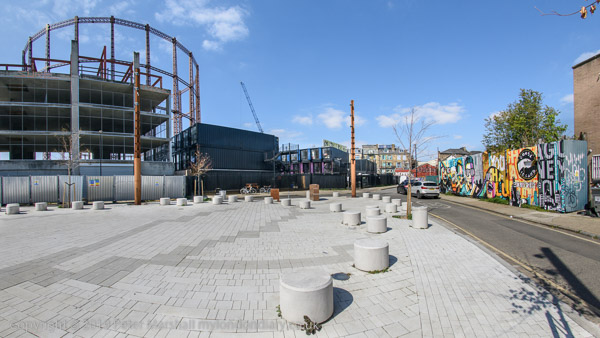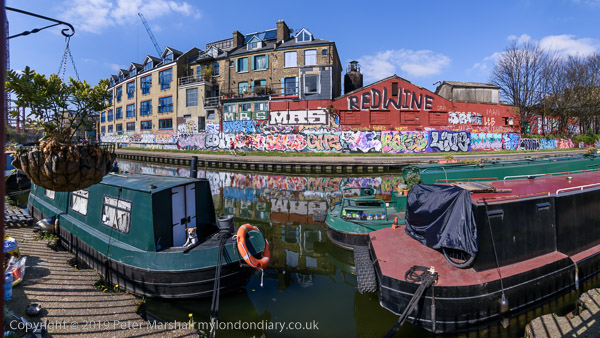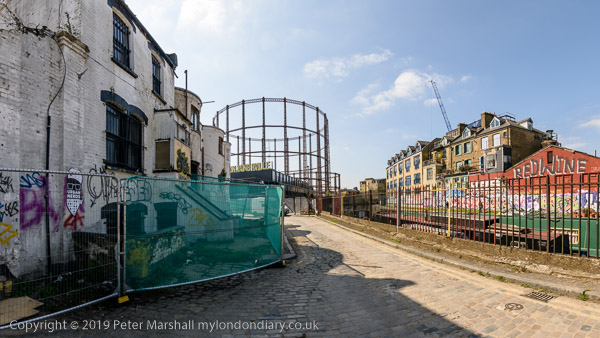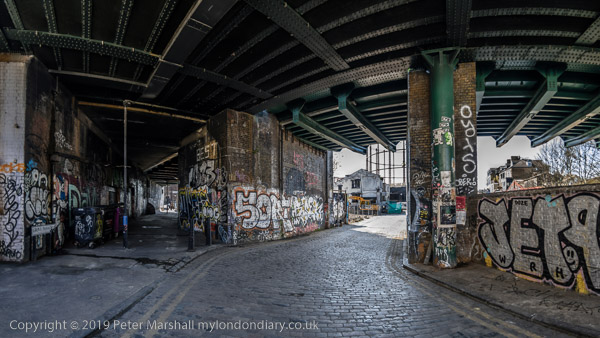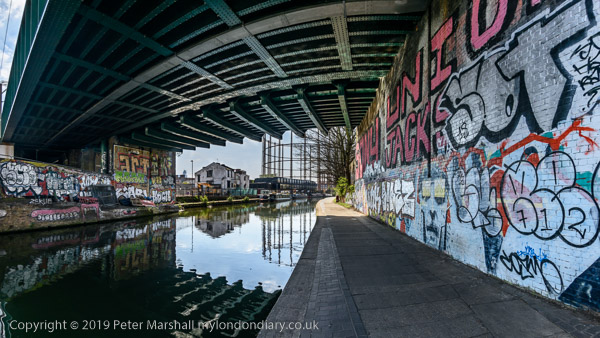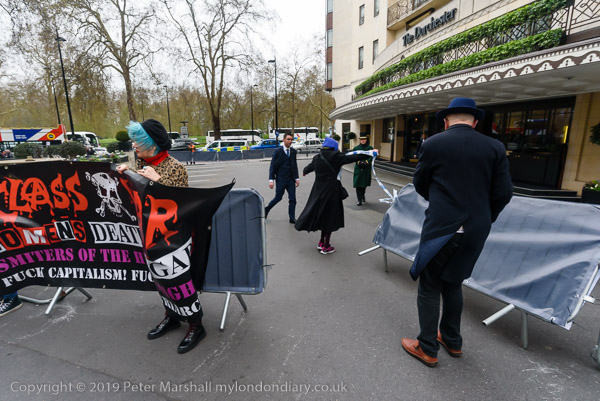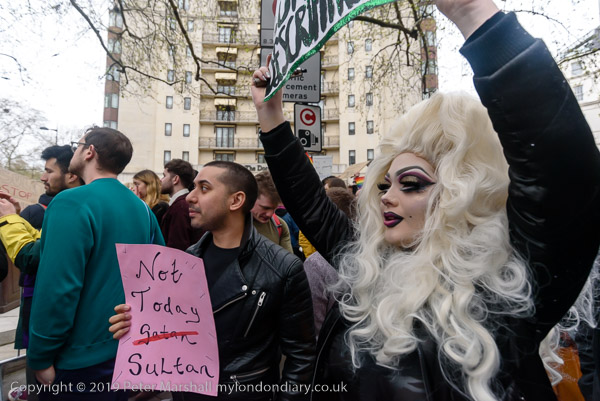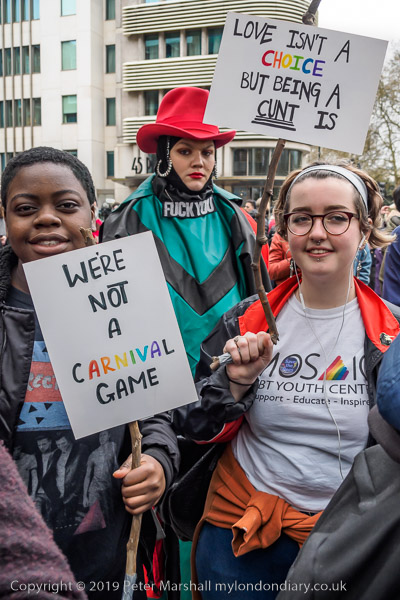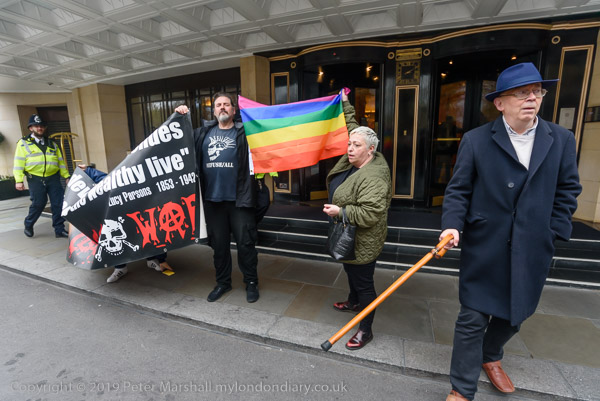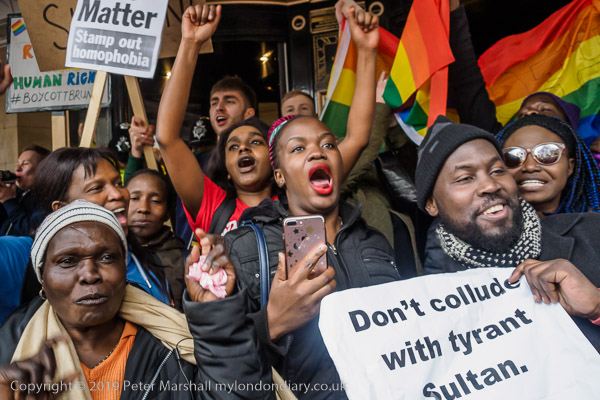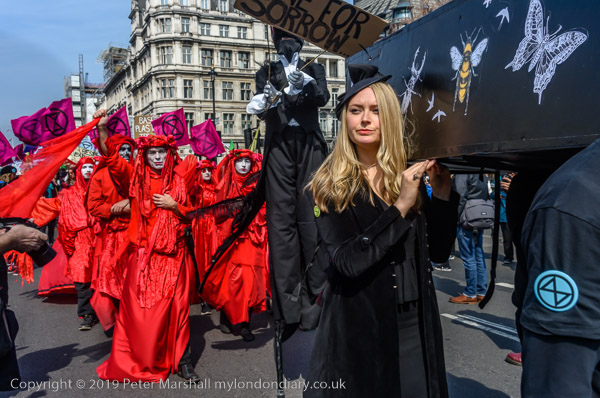
It was perhaps surprising that Extinction Rebellion’s occupation of Parliament Square acheived less publicity in the media than that of the other occupations in April, despite starting with arguably the most colourful (and most musical) of the events of the eleven days, a New Orleans style jazz funeral procession.
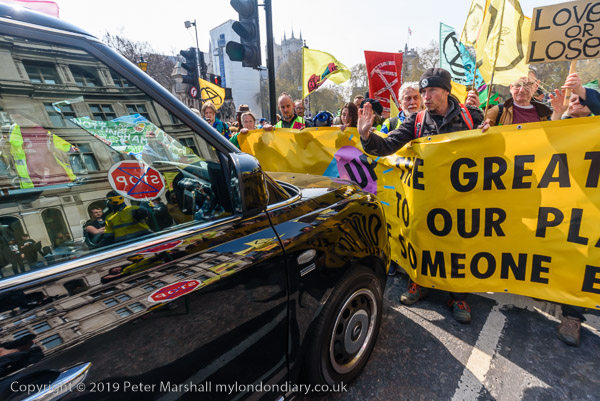
The roads around the square were blocked as I arrived to photograph the procession, much to the annoyance of at least one taxi driver, who made an ill-advised attempt to drive through the protesters before giving up and turning around. But this isn’t a major junction like those at Oxford Circus or Marble Arch, not really even a major route, and one which I’ve long thought should be pedestrianised and permanently closed to all but essential traffic to make London more pleasant for Londoners and tourists.
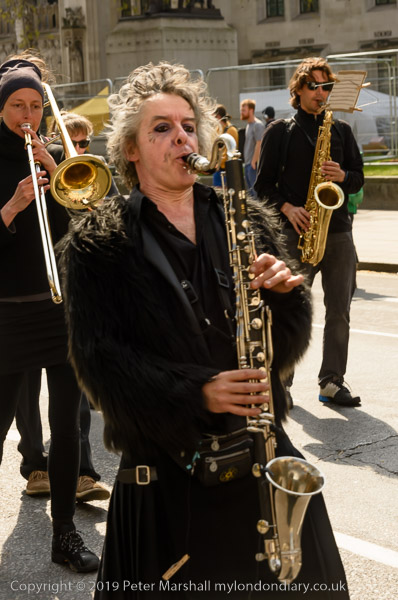
Again, the protest in Parliament Square didn’t have the kind of permanent focus provided by the Waterloo Garden Bridge, or the pink yacht of the sea at Oxford Circus. And it was hard to see what might have provided that, though a large guillotine might have been popular with some. But what Parliament Square did have was a spectacle, a funeral procession led by a small jazz group in front of the coffin, and behind it giant skeletons and a bright red-clad group apparently representing the blood of extinct species – and of those species including our own soon to become extinct.
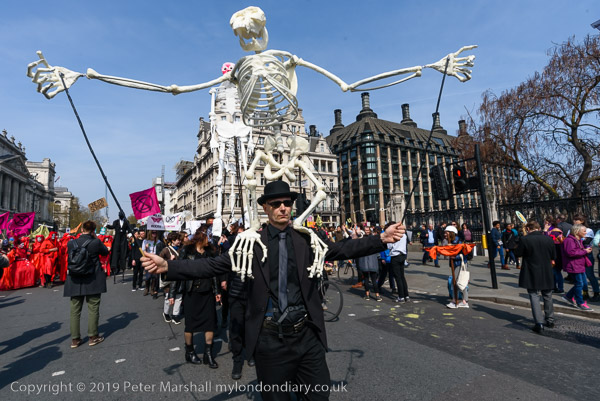
There were other mourners too, people with placards and some giant bees among them as the procession made several slow circuits of the square before moving onto the grass. They didn’t actually bury the coffin (or try to) but there followed a series of workshops and group discussions, and after a while I left to photograph another event that had been taking place at the same time.
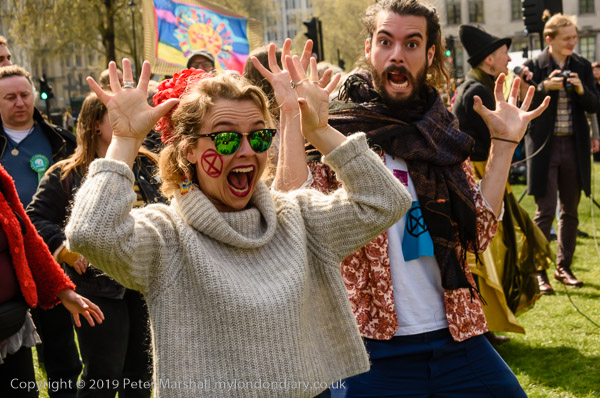
The procession perhaps would have made better video that still pictures, both because of the nature of the event but particularly for the music.
More at Extinction Rebellion Funeral Procession
All photographs on this and my other sites, unless otherwise stated, are taken by and copyright of Peter Marshall, and are available for reproduction or can be bought as prints.
There are no adverts on this site and it receives no sponsorship, and I like to keep it that way. But it does take a considerable amount of my time and thought, and if you enjoy reading it, please share on social media.
And small donations via Paypal – perhaps the cost of a beer – would be appreciated.
